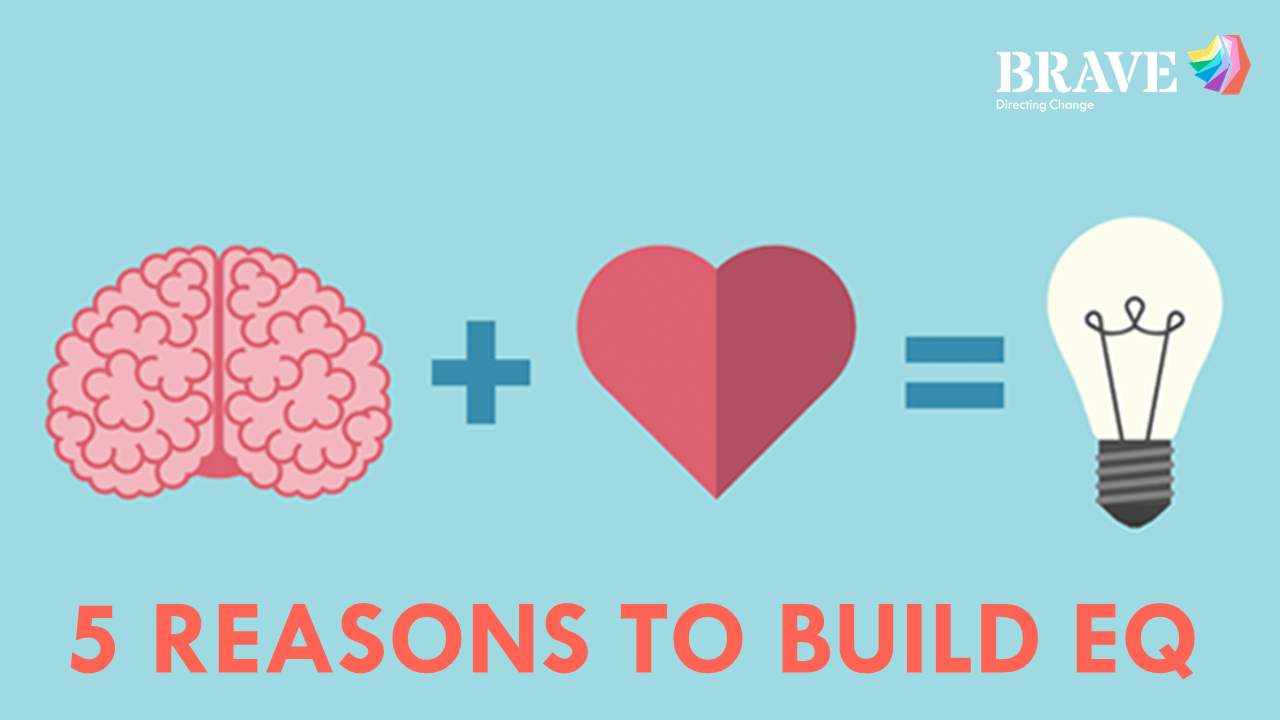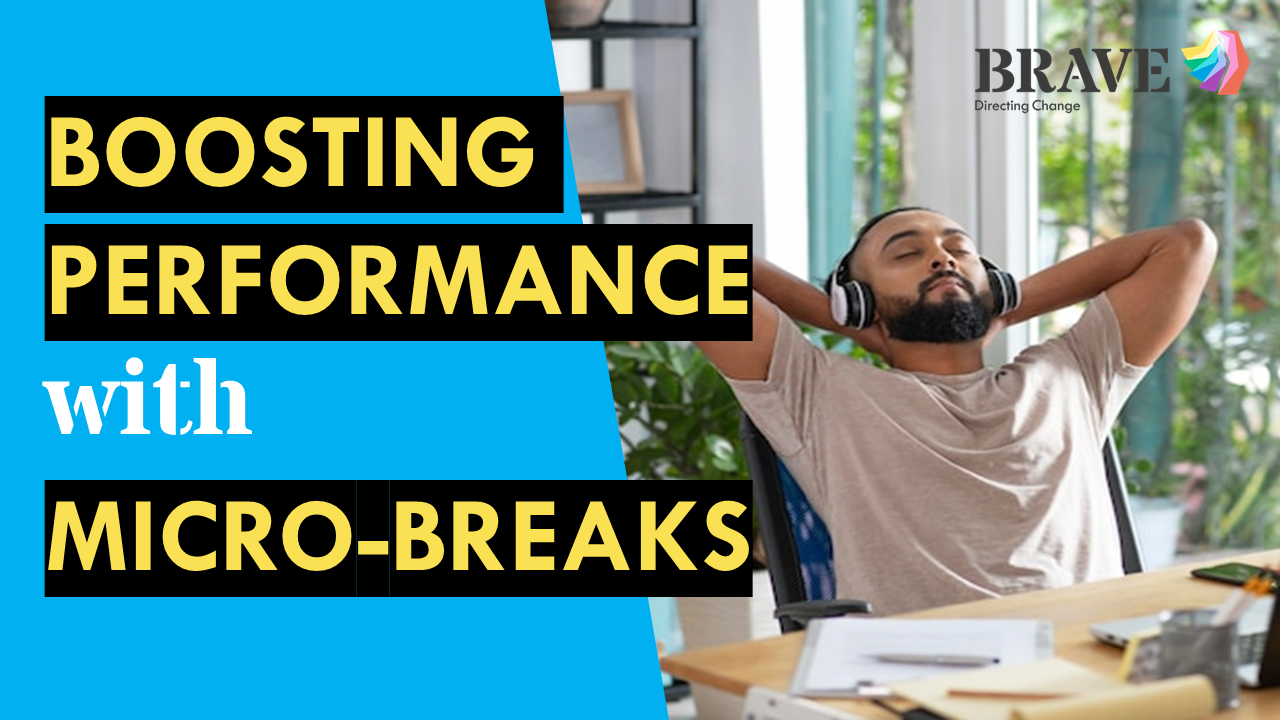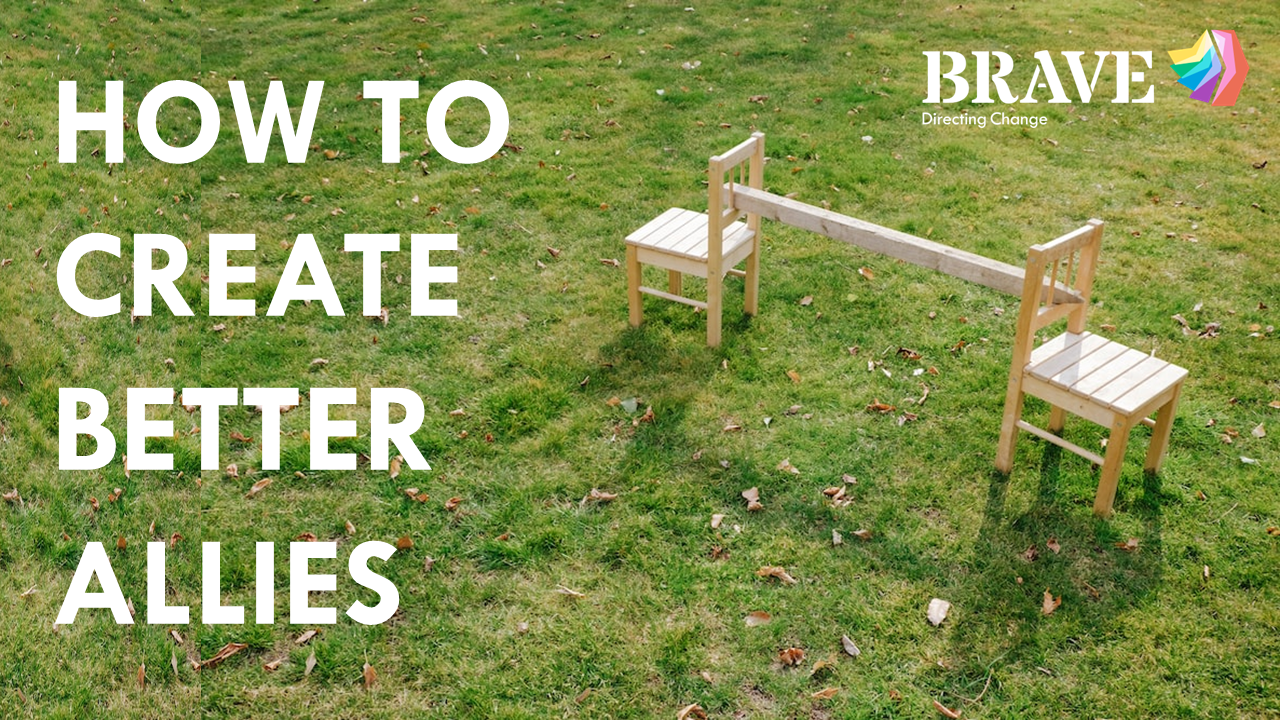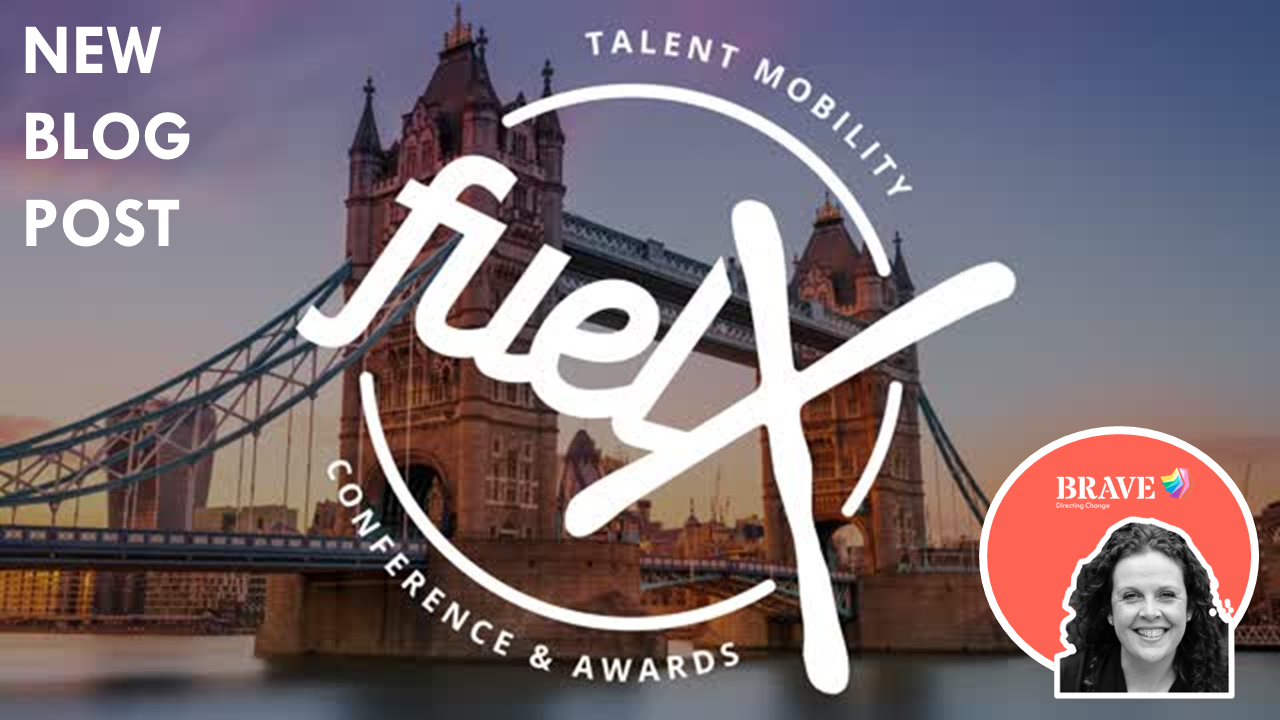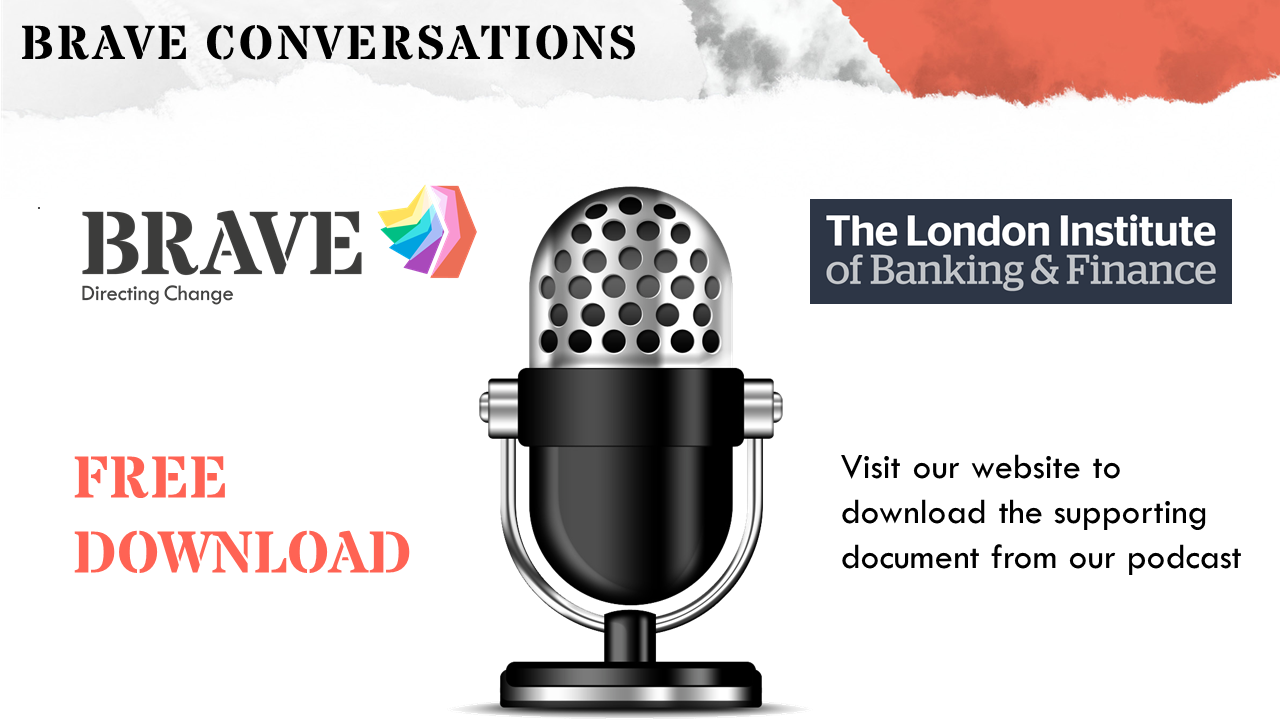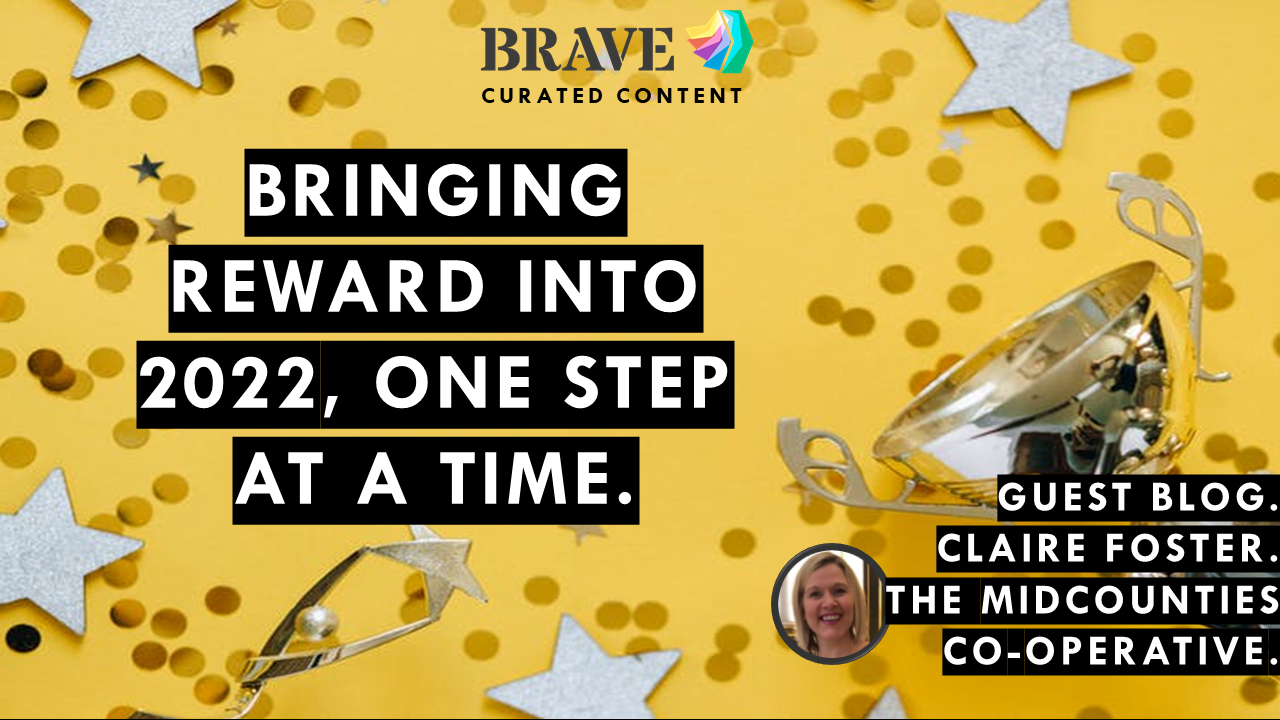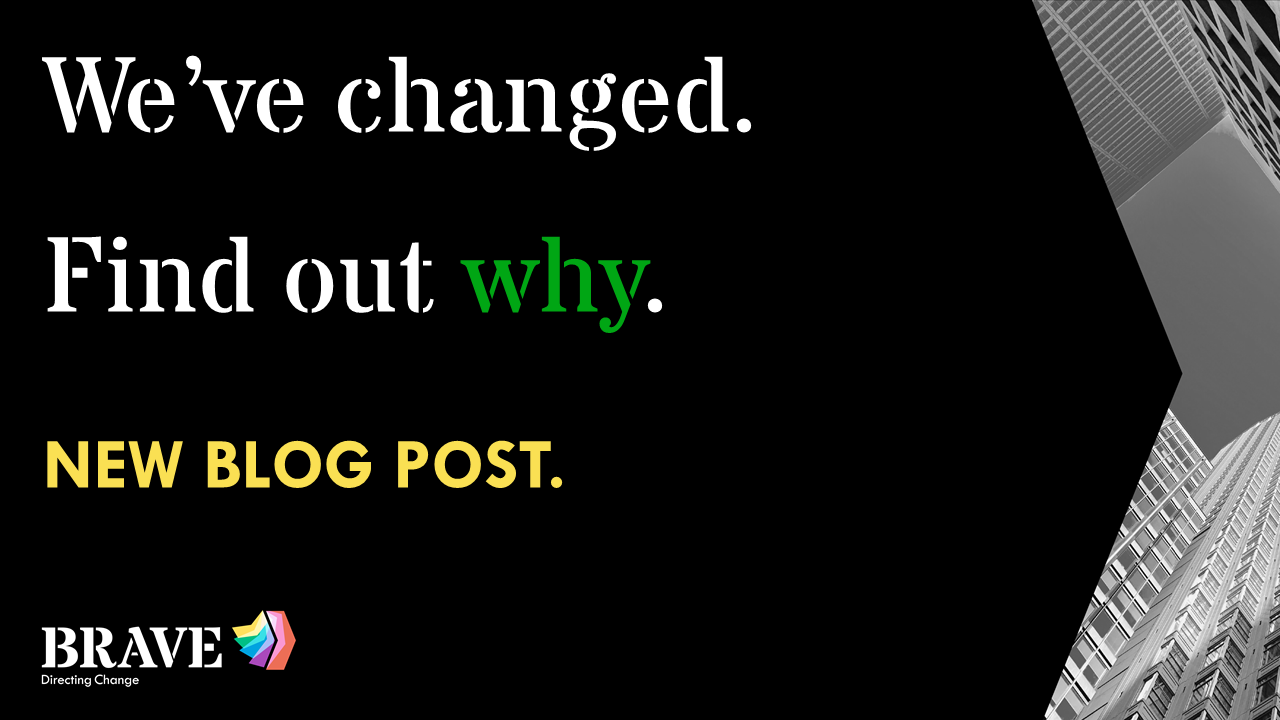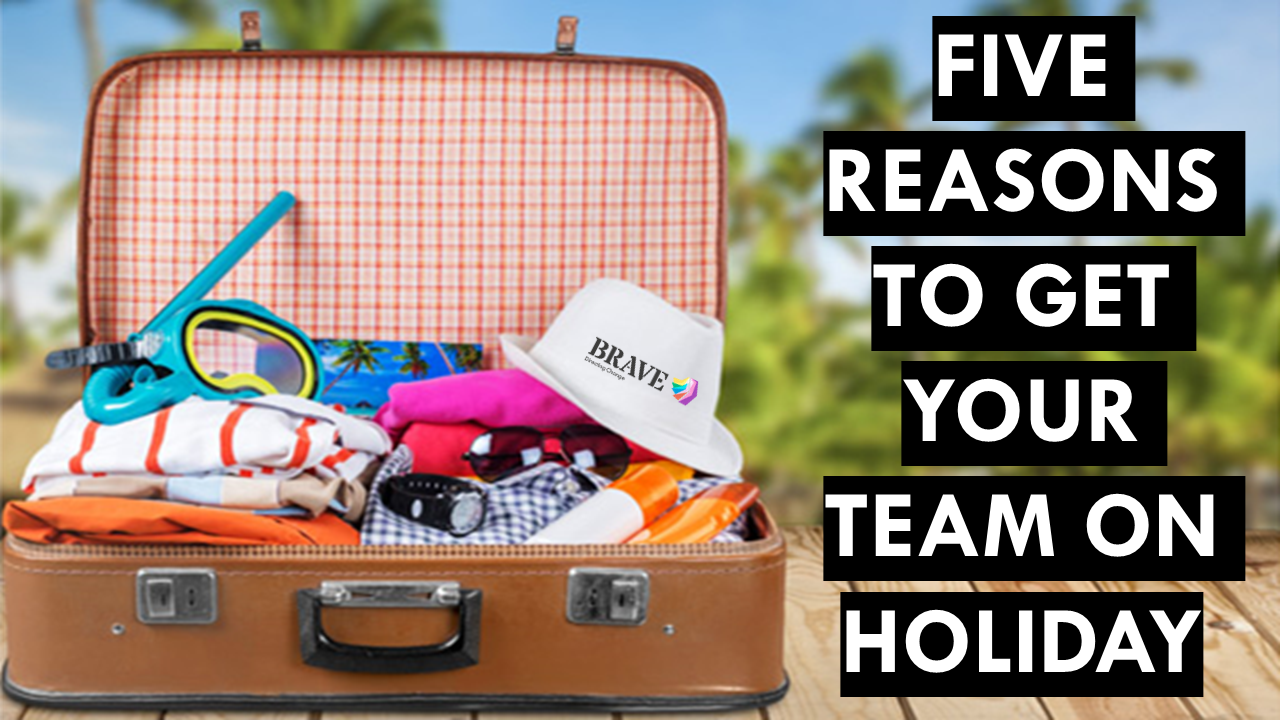The last 18 months has impacted L&D in many ways with likely more positives than negatives but the one shining light is that learning has finally become a major focus. People have had to adapt to situations and events they weren’t ready for and that’s helped shaped the post pandemic landscape for the future of L&D.
What we’re starting to see now, as we begin to live and work with COVID, is some distinct changes in L&D that don’t look like they’re going anywhere fast. The three areas we’re highlighting in this post are the long-awaited Digital L&D Evolution, Hybrid Working and the re-emergence of Life Skills.
The digital L&D revolution…is it still coming…or is it already here?
Depending on the business you were in a digital L&D revolution was already starting or it may have been a long talked about promise that had stayed on the horizon for too long. The pandemic brought it forward for almost everyone as to survive, they had to adapt and embrace a new way to talk to their teams.
For many organisations, this meant throwing up in the air L&D materials, trainers’ skills & styles, and learning design principles. Most businesses, to varying degrees of success, transitioned to webinars using Skype, Zoom and Teams. Content had to change and be reduced, trainers delivery style and skills had to move with the times and the user experience was suddenly brought to the forefront.
From a commercial perspective, something big happened. Travel costs disappeared, hotel stays evaporated, petrol expenses dwindled and long travel days with people sat on motorways came to a halt. The reams of paper were replaced with PDFs and tons more efficiencies started appearing from every corner. Added to all this is the very real fact that when delivered properly, the impact of a webinar is easily as effective as that of a full day of 9-5 training.
So the question is, where next? Do businesses stay virtual and keep going, or is there a very real, well-considered need to bring people together in real life?
What we’re spotting right now is a split, across different organisation types. There are those who are never going back to face to face unless it’s really needed and are fully embracing this new, more cost effective and engaging way of learning. There are some industries where the change is being embraced but at a speed that is right for their teams and their technology needs. What we do know is that you can no longer default to saying virtual ‘just doesn’t work’.
In our world of sharing everyone knows that the jobs market, learning, perks that hybrid is coming.
Our take?
We think that unless the digital evolution is embraced, even if it’s just initial baby steps, that an organisation may be left behind and the team will move on. More than ever, we’re hearing that people want development and if you can’t offer it in a way that feels modern, quick, and effective, and impactful, you might just lose your talent.
Hybrid working means Hybrid L&D
Let’s face it, we all worked at home whether we liked it or not for the most part and now as we adapt and find our way from fully remote to hybrid, we need to accept that the L&D landscape needs to move with us. Once again, L&D needs to consider how those with hybrid working roles can access training and development. Of course, this only really works if you are embracing the digital evolution but it’s more complicated than that.
We’re currently training existing trainers who have 50/50 splits between real life delegates and those on screen; helping them understand how that impacts learning, retention & recall, and engagement.
Most businesses are hurriedly upgrading training and meeting rooms with Wi-Fi and speakers to try and enable the best fit for all. For those with planning teams training calendars are being furiously revisited as businesses work out how to make access to L&D fair and consistent, and available to everyone in the same way. Improvements in technology keep coming: Microsoft’s new ‘content from camera’ feature for example (other platforms are available ?).
This means many businesses are looking at the way training is delivered, by who, who to and the best and most effective ways to do it. This is a level of detail some will never have considered before and is an important addition when planning your L&D strategy. We urge those in the L&D teams to be part of these discussions now, as they often drift quickly back to costs, which always needs to be balanced with effectiveness of the learning.
Our take?
We think that just like how we work, a hybrid learning shift is coming. Not everyone might be taught the same way or in the same style but blended solutions, which suit the learner’s style and working arrangements, will be able to provide what people need and in turn change the way they receive it. It’s complicated and in some cases will mean similar content being created and repeated in a variety of diverse ways to ensure fair access but the scope of this means the breadth and availability of the learning offer will be maximised too. Plus it all needs to live somewhere that can be accessed by everyone in a hybrid team; and that’s no small request. Get on good terms with your IT team to figure out what’s possible.
The re-emergence of Life Skills
One thing the pandemic taught us was that while we’ve been busy delivering qualifications with strict curriculums, management, and leadership programmes to our future leaders and factual ‘how to do this’ type training we might have missed a trick. When our managers needed empathy, compassion, listening skills, wellbeing conversations and how to just deal with some life situations, for many, those hadn’t been covered.
Requests for remote team management went through the roof, mental health first aid courses were booked solid for months, how to have a great conversation skills and listening with empathy became hot topics. For some businesses these had always been part of the story but for many, especially those who had made the tough decision on budgets between life skills and qualifications, they came up short.
We’ve always known the importance of life skills and have embedded these into all levels of our content, so that they become essentials and not nice to haves but the landscape is now shifting further. Businesses are still restructuring, adapting, and reshaping due to COVID and need those skills more than ever. It might have once been assumed that those life skills were a little bit fluffy and surely everyone knew how to do them anyway but what we saw during a pandemic was that for many these skills were very much needed.
Our take?
We think that the landscape has changed enough for life skills to finally become as important as induction, management and ‘how to do your day job’ programmes. By focusing on skills like empathy, listening, emotional intelligence and resilience (there’s so many to choose from) we might find we are growing a whole new breed of all-rounders who can cope with more, engage more and truly nurture their teams.
We’ll be offering our clients access to our wealth of content to update and refresh their materials to help their managers be great managers, leaders, and fantastic life-skillers who embrace their hybrid, digital world.
